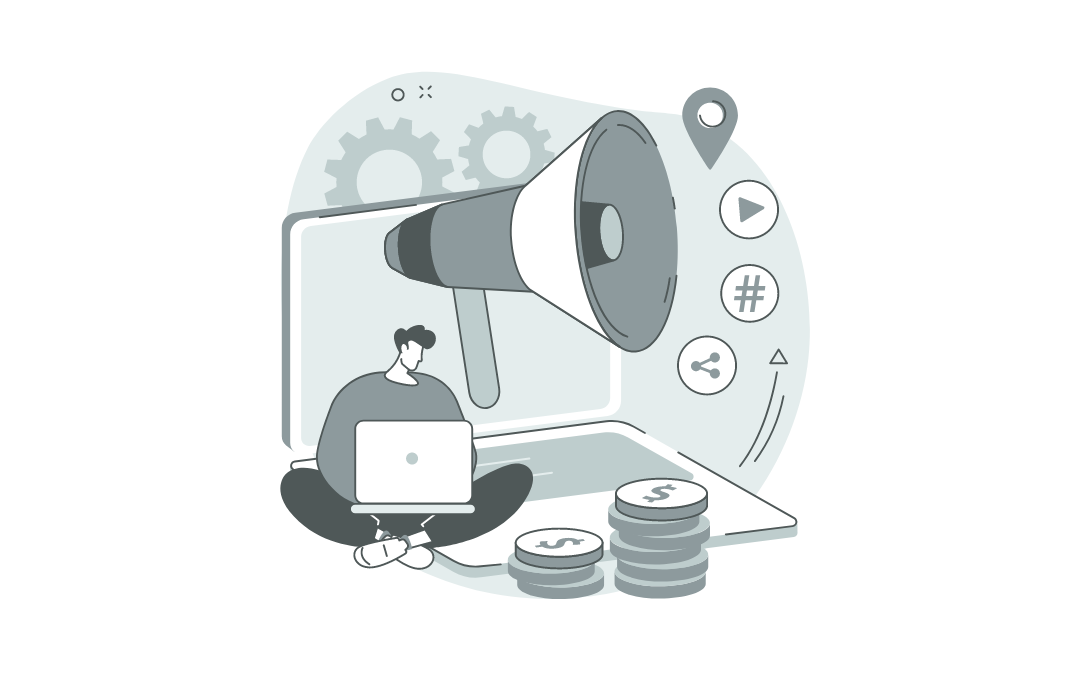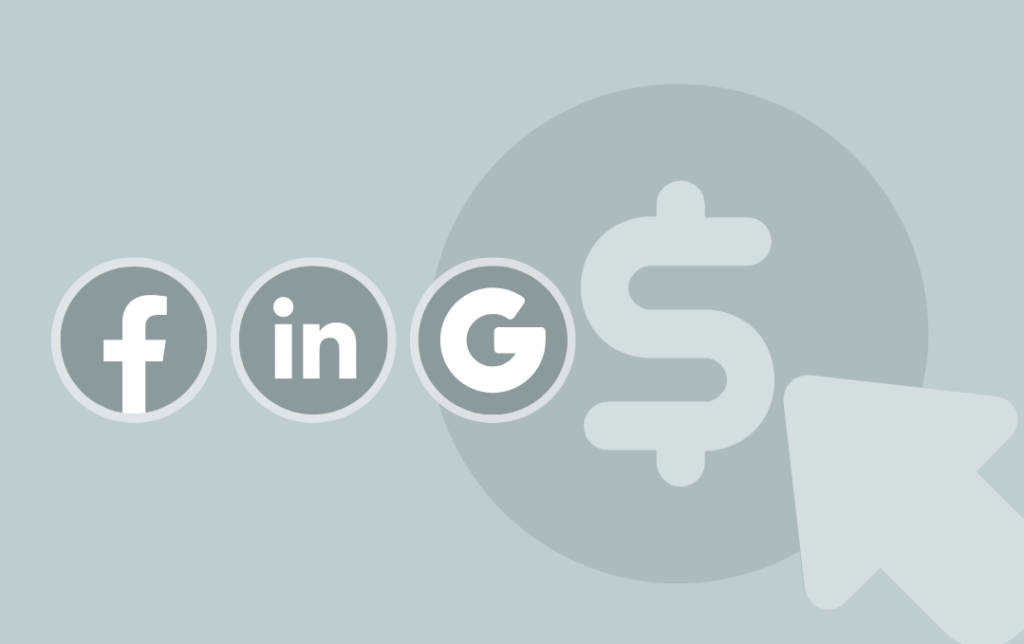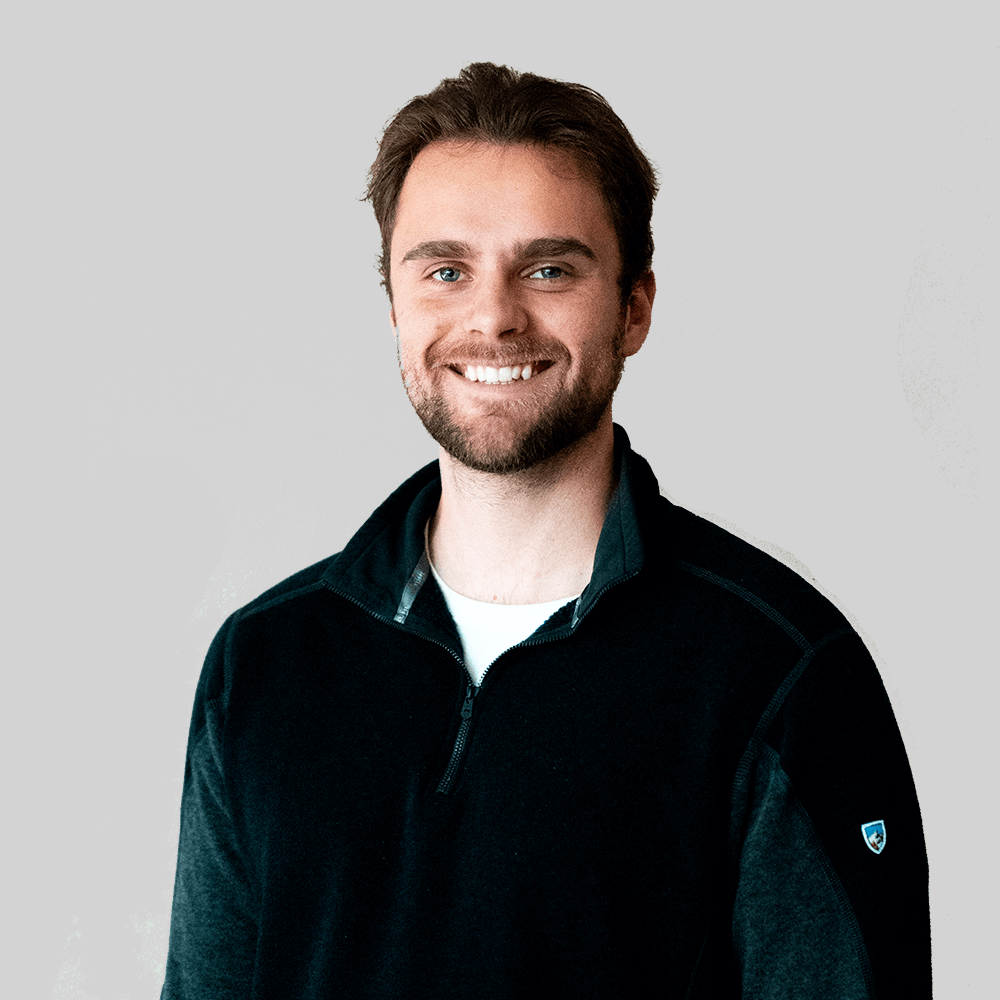
Paid Media in 2024
Paid media is vital to digital marketing success. The significance of local SEO and targeting is escalating, particularly for businesses with physical locations, to connect with local demographics effectively. The funnel-to-flywheel marketing strategy is crucial, evolving from guiding customers to purchase and fostering long-term brand advocacy. This model emphasizes attracting, engaging, and delighting customers in a continuous growth cycle. Retargeting and prospecting strategies will be vital in reaching varied audiences, with platforms offering advanced tools for campaign customization. Ad optimization, including A/B testing and personalization, will be essential to resonate with targeted demographics.
Things to Know in 2024 with Paid Media in Digital Marketing
How will paid media look in 2024? And what strategies can help elevate digital marketing presence online? While no one can foresee the future, we predict, based on past trends and future forecasting, that the digital landscape will shape out. Google’s Pmax campaigns have taken a new hold of the ad space, making creating consistent ads across various media more accessible than ever. We may miss a large piece of the pie by only exploring Facebook, Google, and LinkedIn. Other platforms could begin to emerge as well such as Duck Duck Go, Brave, and other search engines that market themselves as private. Users have become more suspicious of websites following them across the internet and the big brother effect that the internet seems to hold.
In 2024, Google plans to join the private browsers as it plans to eliminate third-party cookies from its Google Chrome platform. The process has begun, and they say by Q3 in 2024, they will have 100% of cookies removed. This removal of third party cookies will make it more challenging to send targeted ads to people who line in a unique demographic or interest group.
Machine learning and AI in the realm of paid advertising
AI is an incredible tool, but it’s just that, a tool. A hammer is fantastic for putting nails into a board and is essential to building something new, however, it is not very useful when updating software on a laptop. It has its place. AI is the same way; in its proper lane, it can be beneficial, but stepping outside what it can do becomes burdensome and unnecessary. Most digital ad platforms now have AI recommendations that say they will improve your ad’s performance, and while this can be true, it often requires one thing—more money. Google and its Ai counterparts push recommendations and automatic solutions that could work with more money spent. But most businesses have a budget that needs to be followed, and Google often does not recommend staying in that budget. Boosting your daily budget will get your reach farther or your goal more likely to succeed, but can you afford it? Tread lightly when it comes to always using AI and recommendations, as some will spend more money than desired.
Local SEO and Targeting
Using digital marketing correctly and remembering critical parts of your business is essential. Local targeting focuses on reaching customers in a specific geographic area. This is particularly effective for companies with physical locations or location-specific services. Such as restaurants and small boutiques that may have unique hours or a place that are hard to find. Being seen locally on digital maps can be a great way to bring in new business. Utilize platforms like Google My Business for local SEO, geotargeting in Google Ads, and Facebook’s location-based targeting options. We predict to see a rise in 2024 as consumers become more willing to spend more for a small and local business than an industry juggernaut.
Utilizing Paid Marketing on Facebook, Google, and LinkedIn
The paid media landscape is widely covered by three giants: Google, Meta, and LinkedIn. These three have unique platforms that offer different options for display and can reach different people. Understanding the updates in 2024 on each platform can help any marketer take a step above the competition. Learning what makes these platforms different from each other can help a marketer achieve their goal most efficiently and effectively.
- Facebook: Offers a variety of ad formats (carousel, video, etc.) and targeting options based on demographics, interests, and behaviors. Valid for brand awareness, lead generation, and conversions. Some new features that are being introduced in 2024 that are important to be aware of are the new enhanced targeting capabilities. With more intricate and detailed interests and behaviors to get a more precise audience.
- Google: Focuses on search, display, and YouTube ads. Effective for reaching customers actively searching for related products or services. New features or updates in 2024 for Google include phasing out expanded text ads. Shifting the focus entirely to responsive search ads. There will also be an upgrade to smart shopping and local campaigns to Performance Max Campaigns. These updates are aimed at helping reach an ideal audience at the correct time.
- LinkedIn: Ideal for B2B marketing, offering targeting based on professional criteria like job title, industry, and company size. In 2024, LinkedIn is updating its ad formats. LinkedIn introduced Thought Leader ads. Aimed to develop specific character and size specifications with the intent to increase the effectiveness and reach of the ads.

Retargeting and Prospecting in Digital Marketing
Creating paid ads on each platform mentioned can help drum up new business or go after previous purchasers. But it would be best if you had a goal in mind, as it will affect how your ad looks and who it targets.
Retargeting: Focus on re-engaging users who have previously interacted with your brand. Utilize Facebook Pixel and Google Ads retargeting to show ads to past website visitors.
Prospect: Attracting new customers. Use lookalike audiences on Facebook and similar audiences in Google Ads to reach new people who resemble your existing customers.
From the campaign level, there are many unique options designed to help you achieve the goal you have set for your ad. Depending on that goal, selecting the correct campaign type is essential when creating a Facebook ad.
Facebook Campaign Types and Strategies:
- Awareness Campaigns: Increase brand visibility.
- Consideration Campaigns: Encourage engagement, website traffic, or video views.
- Conversion Campaigns: Drive sales, leads, or other specific actions.
- Align these campaigns with the marketing funnel stages for optimal impact.
Ad optimization helps create the best ad possible by using AI and machine learning to develop ads that will resonate with the best audience and be something they want to see and could offer value to the consumer. A/B testing is a must when it comes to ad creation. Sending out two identical ads with one change is essential to find the best ad verbiage or image. That one minor edit could be the difference between hundreds of people clicking on a link to a website. It is also important to personalize the ads; in today’s world, the consumer wants to feel unique and essential, and personal ads do just that. Targeting interests and specific locations can make an ad feel more intimate.
Ad Optimization, A/B Testing, and Personalization
- Regularly test different ad elements (images, copy, CTA) to see what resonates best with your audience.
- Create personalized ads based on user behavior, interests, and demographics.
- Continuously analyze and adjust targeting to ensure ads reach the intended audience efficiently.
Conclusion
By integrating these strategies into a cohesive digital marketing plan, businesses can significantly expand their online reach and effectiveness in 2024. The digital marketing landscape is poised for dynamic shifts, with Google’s Pmax campaigns and emerging platforms reshaping ad creation and distribution. The significance of local SEO and targeting is escalating, particularly for businesses with physical locations, to connect with local demographics effectively. The funnel-to-flywheel marketing strategy is crucial, evolving from guiding customers to purchase and fostering long-term brand advocacy. This model emphasizes attracting, engaging, and delighting customers in a continuous growth cycle. Retargeting and prospecting strategies will be vital in reaching varied audiences, with platforms offering advanced tools for campaign customization. Ad optimization, including A/B testing and personalization, will be essential to resonate with targeted demographics. Overall, 2024 demands a nuanced, data-driven approach in digital marketing, where understanding audience behaviors and leveraging technological advancements become integral to a business’s digital success.
digital marketing associate
ABOUT THE AUTHOR
Winston Law
Winston graduated from Grand Canyon University with a degree in Marketing and Advertising. While in school Winston enjoyed working with small businesses and start-ups to help them improve their brand identity online. It was through these projects that he found his passion for digital marketing. Outside of work, Winston enjoys spending time with family and friends, playing board games, watching sports, and going camping.




